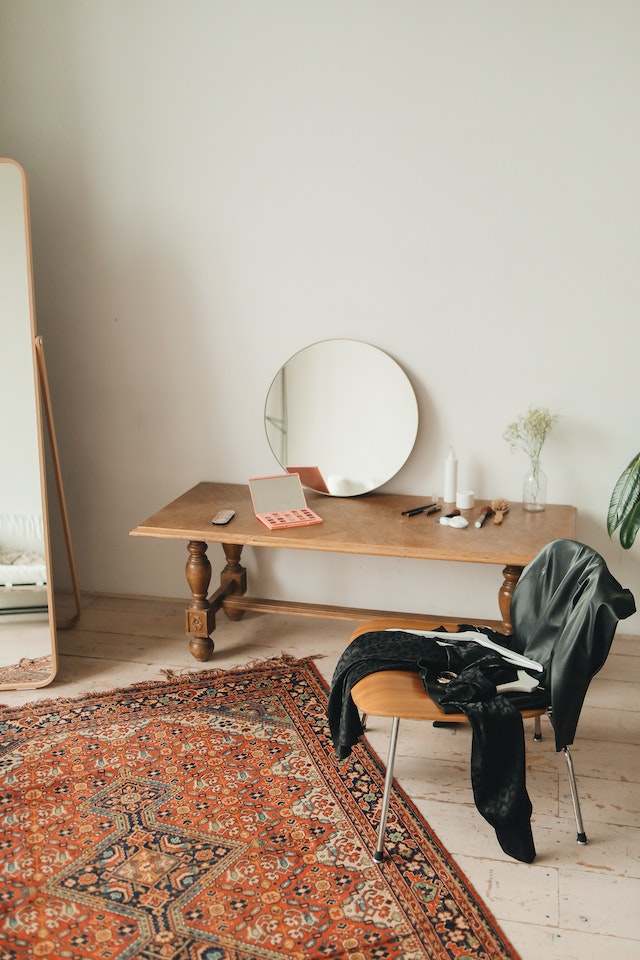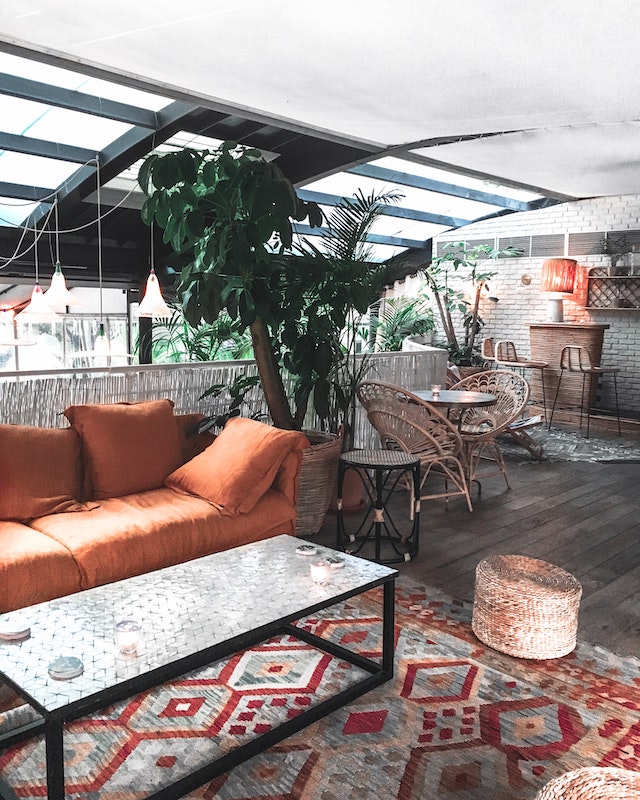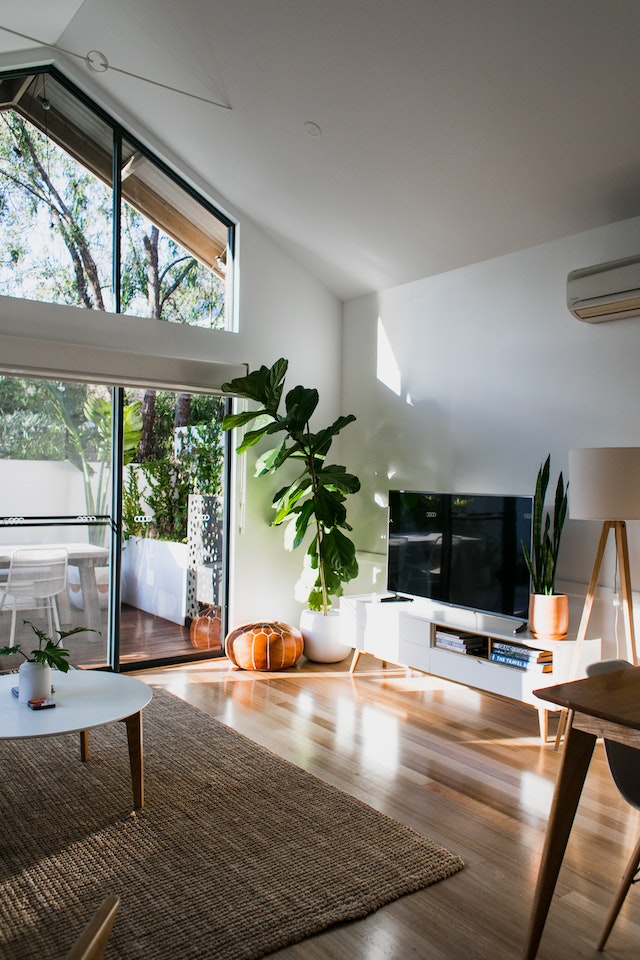
southwestern patterned rugs shop
History and significance of southwestern patterns
Southwestern patterns have a rich history. These intricate designs are often inspired by the Native American tribes of the Southwest region, such as the Navajo, Hopi, and Zuni. The significance of these patterns lies in their cultural importance and symbolic meanings.
Southwestern patterns can be found on a variety of items, including clothing, pottery, and most notably, rugs. Southwestern patterned rugs are highly sought after for their unique blend of colors and geometric shapes. These rugs can add warmth and character to any room in your home.
The popularity of southwestern patterns has only grown in recent years, with many people incorporating them into their interior design schemes. Whether you prefer a traditional or modern look, southwestern patterns can complement any style.
When shopping for southwestern patterned rugs, it's important to consider the quality of the materials used and the craftsmanship that goes into making each rug. Handwoven rugs are often more valuable than machine-made ones because they showcase the skill and artistry of the weaver.
Overall, southwestern patterned rugs hold a special place in many homes due to their beauty and cultural significance. By adding one of these unique pieces to your space, you can bring a touch of history and tradition into your everyday life.


